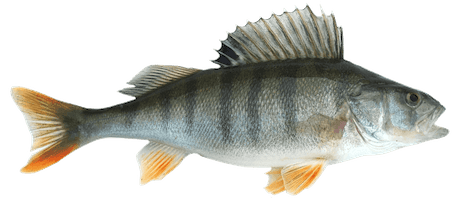The books we use at school are the Kanji Master series-
They were developed by my school, so I didn't have much choice as to what I was going to use. The books are arranged by category, for example one chapter is 道具, tools. This includes 機、械、技、術、器、具、etc. Words like 機械、技術、具合, etc., are included. It's all Joyo Kanji.
I know a lot of people like "Remembering the Kanji" by Heisig. From the looks of it though it seems the book really is mostly for remembering the characters only, the on and kun yomi are not included. This seems to present several problems. One being you can't read aloud. Plus verbs must be kind of confusing; 強まる、混じる. Knowing just the Kanji's meaning doesn't really transmit the verb's meaning or what compounds mean. But some people swear by the book, so maybe I'm missing something.
At school, my class learns about six Kanji a day; stroke order, on & kun yomi, and about seven or eight words or expressions per Kanji. Then every three days, after we finish a chapter, we are tested on the vocabulary from the book, 15 random yomikata, 15 kakikata. I'm amazed how good my memory had gotten. After writing all of the words about 3 times, I can usually make it past the test with only 2-3 mistakes. If we get below a 70 we have to take it again:(
When I took 2kyuu, I seem to remember that most of the Kanji were arranged by similarity, and you had to know how the radical made them different; 支、枝、技、伎 . This is where I lose my marbles.
Reading helps. Flashcards are good too. I think it takes multiple methods to really assimilate Kanji into your regular vocabulary. But I think it's misguided to set out to "memorize the Kanji in x days". Taking the time to learn to write them, as well as memorize the meaning and readings, makes for a much more pleasant time here in Japan. Suddenly words on the train jump out at me - "Hey, I know what that means now!!"
